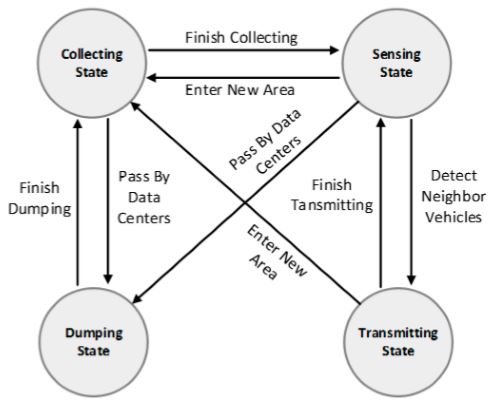ABSTRACT
Using mobile vehicles as “data mules” to collect data generated by a huge number of sensing devices that are widely spread across smart city is considered to be an economical and effective way of obtaining data about smart cities. However, currently most research focuses on the feasibility of the proposed methods instead of their final performance.
In this paper, a latency and coverage optimized data collection (LCODC) scheme is proposed to collect data on smart cities through opportunistic routing. Compared with other schemes, the efficiency of data collection is improved since the data flow in LCODC scheme consists of not only vehicle to device transmission (V2D), but also vehicle to vehicle transmission (V2V). Besides, through data mining on patterns hidden in the smart city, waste and redundancy in the utilization of public resources are mitigated, leading to the easy implementation of our scheme. In detail, no extra supporting device is needed in the LCODC scheme to facilitate data transmission.
A large-scale and real-world data set on Beijing is used to evaluate the LCODC scheme. Results indicate that with very limited costs, the LCODC scheme enables the average latency to decrease from several hours to around 12 min with respect to schemes where V2V transmission is disabled while the coverage rate is able to reach over 30%.
RELATED WORK
LoRaWAN is a kind of wireless communication network that has characteristics of low power consumption, large coverage rate, and low data rate. In LoRaWAN, fixed gateways in the network are used to forward data from sensing devices to data centers. Technical reports have claimed that with gateways deployed in the network, LoRaWAN can easily cover hundreds of square kilometers. Besides, due to low data rate, battery lifetime of sensing devices can reach multi-year. One important contributor of the long range of LoRaWAN is its use of the sub-GHzISM (Industrial Scientific Medical) band, which has inherent advantages for coverage and penetration compared with other bands like 2.4 GHz and 5 GHz.
SYSTEM MODEL AND PROBLEM STATEMENT
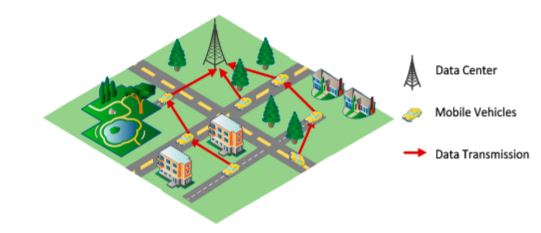
Figure 1. One application of the LCODC scheme
The quintuple (S,P,D,W,C) consists of all elements used to illustrate and implement the LCODC scheme. One usage scenario is presented in Figure 1. Moving taxis in smart city are considered to be mobile vehicles with sensors deployed on them (S). After collecting data packets (D), mobile vehicles will transmit these packets to neighbor vehicles or data centers (C). Upon successfully receiving data packets, data centers will refine them for real applications. Note that apart from interested data on areas (e.g., PM2.5, noise, and traffic), key information on collected data is also integrated into data packets, such as collection time and location.
LCODC SCHEME
Upon detecting neighboring vehicles, mobile vehicles will autonomously switch into transmitting state. When in this state, it is possible for vehicles to exchange data with neighboring vehicles. However, the broadcast storm problem will aggravate acutely when these vehicles are located in urban areas. Therefore, the sub-scheme for transmission between mobile vehicles should take actions to mitigate the broadcast storm problem. A brief state transition diagram of the running states of mobile vehicles is shown in Figure 2.
EXPERIMENT ON THE LCODC SCHEME
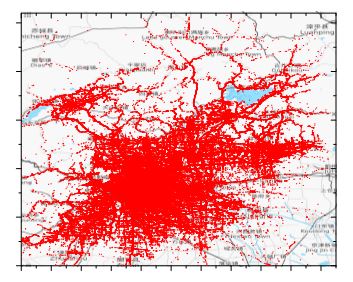
Figure 6. Visualization of the filtered T-Drive dataset (© OpenStreetMap Contributors)
First, points out of city range are discarded. In addition, abnormal points are picked out and filtered, which indicate points that are considered to be too far from their previous points. Consider that time interval between two neighboring points of one taxi is t and maximum speed limit in smart city is v, if the distance between two points is greater than v×t, we assume the latter point to be abnormal. Figure 6 shows the main part of the T-Drive data set (from 2 February to 8 February) after data filtering (v = 80 Km/h).
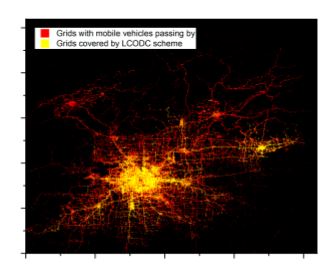
Figure 8. Distribution based on grids covered by uploaded data packets
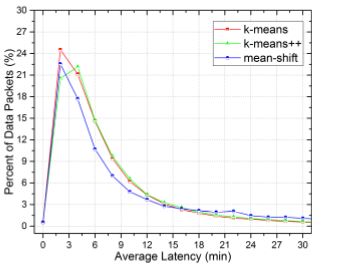
Figure 9. Distribution based on the latency of uploaded data packets
In addition, the experimental results show the effective transmission between mobile vehicles in the LCODC scheme according to the number of mobile vehicles covered by data packets, which is much larger than the number of mobile vehicles that pass by data centers. In fact, the exact number of mobile vehicles involved in our experiment is 8826 after filtering, while only around half of them have ever passed by data centers.
Therefore, without V2V transmission, a great proportion of the data collected by mobile vehicles could never be transmitted to data centers. Figure 8 shows a detailed distribution of the covered grids with k-means++ while Figure 9 presents the distribution based on the latency of uploaded data packets.
CONCLUSIONS
In this paper, we have presented a latency and coverage optimized data collection scheme for smart cities. Apart from vehicle to device transmission alone, this new scheme also includes vehicle to vehicle transmission to improve the efficiency of data collection. Besides, through mining historical trajectories of mobile vehicles to find out patterns in the smart city, this new scheme requires less public resources.
We have shown through a large-scale simulation that with very limited cost, our LCODC scheme greatly reduces the latency while guaranteeing an acceptable coverage rate. In our future work, we plan to further improve the performance of the LCODC scheme through mining more kinds of historical information and developing additional mechanisms to fulfill QoS requirements.
Source: Central South University
Authors: Yixuan Xu | Xi Chen | Anfeng Liu | Chunhua Hu
>> More Wireless Sensor Networks Projects Abstract for Engineering Students
